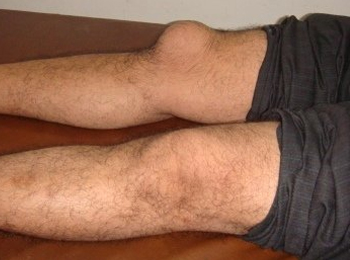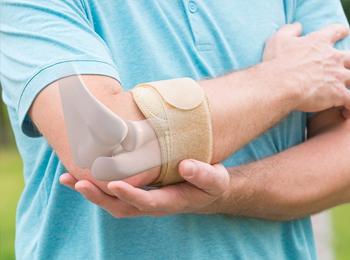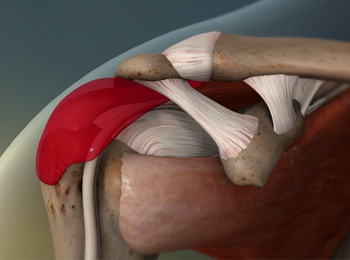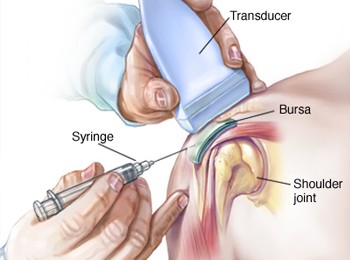Dr. Biplab Dolui
MS (Orthopaedics), AFTS Fellow (Paris), Consultant Arthroscopist, Joint Replacement & Trauma Surgeon
MS (Orthopaedics), AFTS Fellow (Paris), Consultant Arthroscopist, Joint Replacement & Trauma Surgeon
Bursitis (bur-SY-tis) is a painful condition that affects the small, fluid-filled sacs — called bursae (bur-SEE) — that cushion the bones, tendons and muscles near your joints. Bursitis occurs when bursae become inflamed.
The most common locations for bursitis are in the shoulder, elbow and hip. But you can also have bursitis by your knee, heel and the base of your big toe. Bursitis often occurs near joints that perform frequent repetitive motion.
Treatment typically involves resting the affected joint and protecting it from further trauma. In most cases, bursitis pain goes away within a few weeks with proper treatment, but recurrent flare-ups of bursitis are common.

Symptoms
If you have bursitis, the affected joint might:
• Feel achy or stiff
• Hurt more when you move it or press on it
• Look swollen and reds
When to see a doctor
• Disabling joint pain
• Sudden inability to move a joint
• Excessive swelling, redness, bruising or a rash in the affected area
• Sharp or shooting pain, especially when you exercise or exert yourself
• A fever

Causes
The most common causes of bursitis are repetitive motions or positions that put pressure on the bursae around a joint. Examples include:
• Throwing a baseball or lifting something over your head repeatedly
• Leaning on your elbows for long periods
• Extensive kneeling for tasks such as laying carpet or scrubbing floors
• Other causes include injury or trauma to the affected area, inflammatory arthritis such as rheumatoid arthritis, gout and infection

Risk factors
Anyone can develop bursitis, but certain factors can increase your risk:
1) Age - Bursitis becomes more common with aging.
2) Occupations or hobbies - If your work or hobby requires repetitive motion or pressure on particular bursae, your risk of developing bursitis increases. Examples include carpet laying, tile setting, gardening, painting and playing a musical instrument.
3) Other medical conditions - Certain systemic diseases and conditions — such as rheumatoid arthritis, gout and diabetes — increase your risk of developing bursitis. Being overweight can increase your risk of developing hip and knee bursitis.
